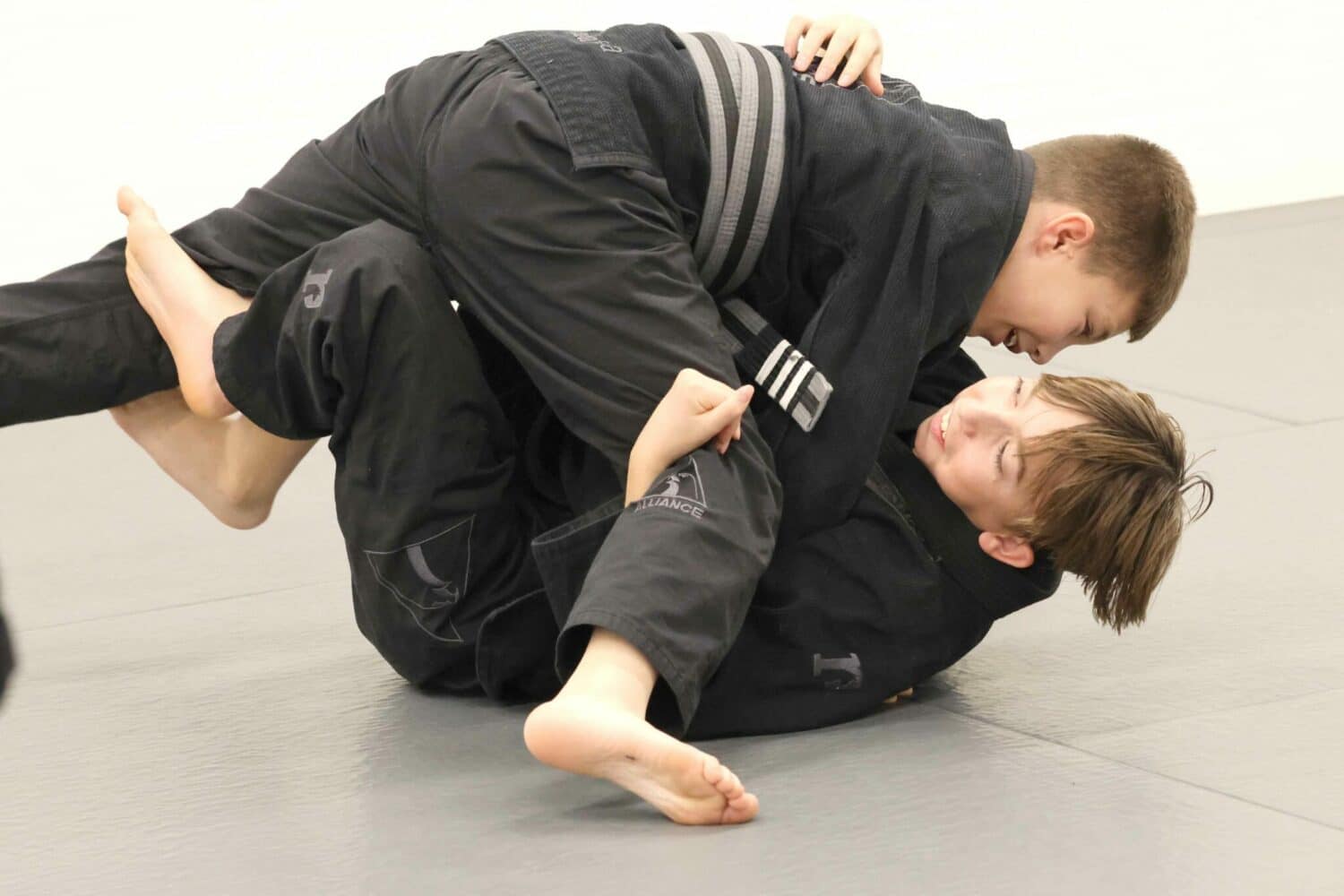A Word About Technique
A Word About Technique
We’ve heard it time and time again – “Technique beats strength,” …and we bear witness to it every time we step on the mats. But despite the very apparent advantages, the idea of technique is still a rather elusive concept to many of us. What is “technique”? Why does it work? How does one discover it? A practical mind lives by the mantra “If it’s stupid and it works, it’s not stupid”. An inquisitive and methodical mind, however, wants to know what makes it work, and as cerebral and systematic as grappling arts often are, there is plenty of the latter in the world of Brazilian Jiu Jitsu.
So what is technique?
Surely, there has to be more to it than blindly memorizing and repeating steps passed on from generation to generation, right? Of course there is, and the key to understanding technique lies with understanding a phenomenon that bears a relative term – technology.
At its core, technology is simply a process that allows us to reach higher efficiency. From the moment early humans learned that a stick offers more reach, leverage, and angular momentum than an empty arm…and that a rock allows for greater concentration of force and more efficient energy transfer than a bare fist, the humanity hasn’t stopped looking for ways to get more juice with less squeeze. Technique is no different…it’s all about efficiency.
But how does efficiency apply in grappling?
Well, much the same way technology is applied in industry – economy and force magnification…both are about maximizing input-output relationship, albeit with inversely related goals. The goal of economy is to reduce effort required to achieve a result. Ever wonder how a black belt manages to stay fresh round after round while you’re fighting for your life despite your great cardio? Sit out a round and watch them go, you may learn quite a bit. A skilled BJJ practitioner uses experience and technique to expend only as much energy as necessary. Good examples of that include utilization of frames and timing.
Contrary to ‘economy’ whose goal is reducing the required effort, “force magnification” allows us to increase the output for any given input.
Using leverage and weight distribution are prime examples of using technique as force multiplier (if you’ve ever grappled with someone who feels stronger and heavier than they should be, you know what I’m talking about).
A Word About Technique conclusion…
Keeping that in mind, next time you watch an instructor demonstrate a technique, try to think what every step is trying to accomplish. After all, form follows function, and understanding the objective gives you insight to understanding the process, and who knows…maybe you will discover a more efficient way to achieve it, thus modifying or pioneering a technique of your own.

